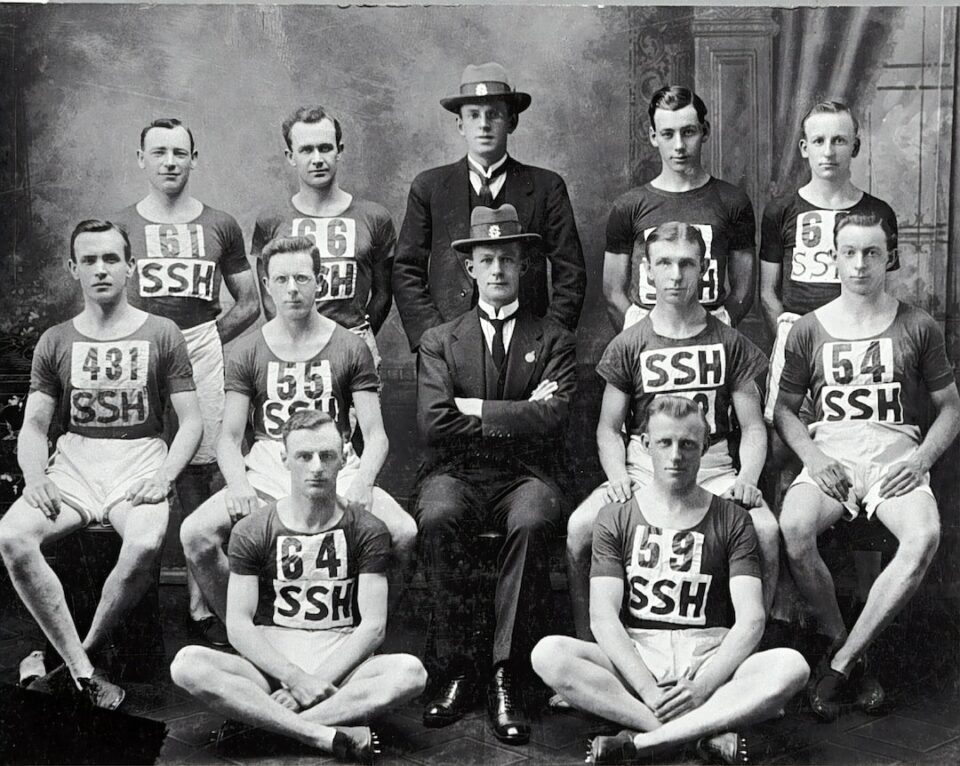Tips for Improving Agility and Quickness in Athletes
Agility and quickness are essential skills for athletes in many sports. Being able to change direction quickly, react swiftly to opponents’ moves, and accelerate rapidly can give an athlete a competitive edge. Whether you’re a basketball player looking to improve your lateral quickness or a soccer player aiming to enhance your agility on the field, here are some tips to help you become more agile and quicker in your sport.
1. Incorporate plyometric exercises into your training routine:
Plyometric exercises involve explosive movements that can help improve speed and power. Exercises like box jumps, squat jumps, and lunge jumps help to strengthen your muscles and enhance your coordination, crucial aspects for agility. Start with lower intensity exercises and gradually increase the difficulty level as you progress.
2. Practice change of direction drills:
Agility relies on an athlete’s ability to change direction rapidly. Incorporate drills such as ladder drills, cone drills, and shuttle runs into your training routine. These exercises help improve your footwork, reaction time, and overall agility. Focus on quick, precise movements and proper body positioning during these drills.
3. Train with resistance:
Adding resistance to your training can help develop the power and explosiveness needed for quick movements. Utilize resistance bands or incorporate exercises like sled pushes and pulls. These resistance-based workouts can enhance your overall strength and speed, ultimately improving your agility and quickness on the field or court.
4. Build core strength:
A strong core is crucial for balance, stability, and quick movements. Engage in exercises like planks, Russian twists, and medicine ball throws to strengthen your core muscles. By improving your core strength, you can generate more power and control your movements more efficiently, thereby improving your agility and quickness.
5. Incorporate sprints into your training:
Sprinting is an effective way to improve both speed and agility. Include interval training in your workouts, alternating between high-intensity sprints and periods of active recovery. This type of training not only improves your cardiovascular fitness but also sharpens your ability to accelerate rapidly and change directions swiftly.
6. Work on your reaction time:
Quick reaction time is essential for athletes to respond swiftly to opponents’ moves. Incorporate reaction drills into your training, such as partner mirroring exercises, where you mirror your partner’s movements in real-time. Reaction ball drills, where you react to the unpredictable bouncing of a ball, are also beneficial. Focus on improving your ability to react quickly and make split-second decisions during these exercises.
7. Stay agile in your everyday life:
Being agile and quick doesn’t only require training during structured workouts but also practicing agility in everyday life. Walk on curbs, maneuver through obstacle courses, or play sports that demand agility like squash or tennis. By consistently challenging your agility outside of your training sessions, you can improve your overall performance in your sport.
Remember, improving agility and quickness takes time and consistency. Dedicate yourself to regular training and gradually increase the intensity levels as you progress. Work on all aspects, including strength, footwork, and reaction time, to enhance your overall athletic performance. With the right mindset and proper training techniques, you can take your agility and quickness to new heights and excel in your chosen sport.


